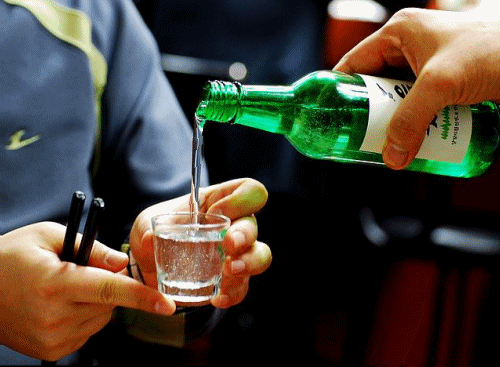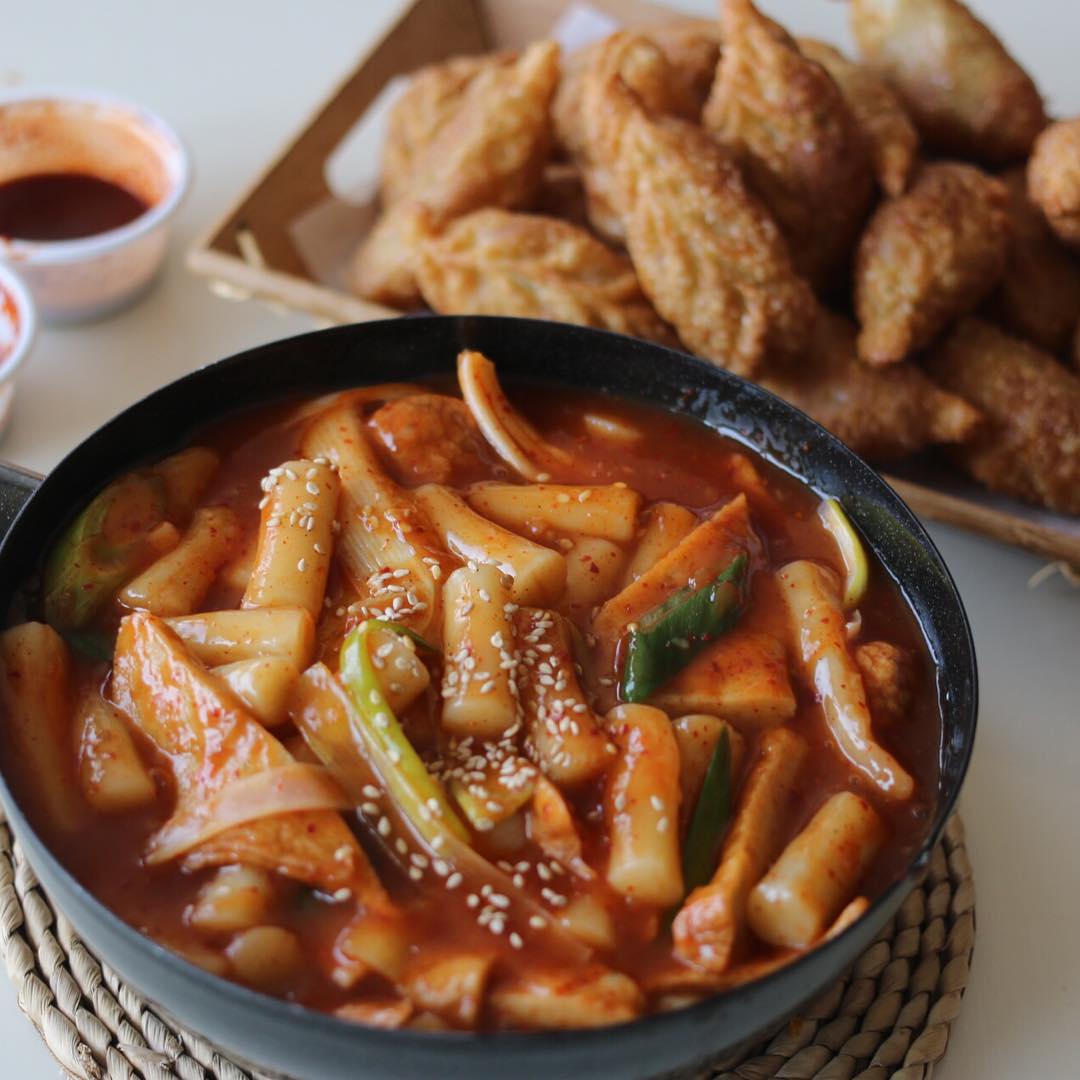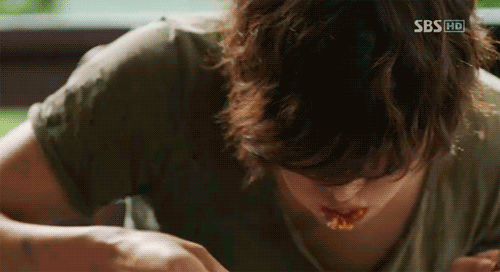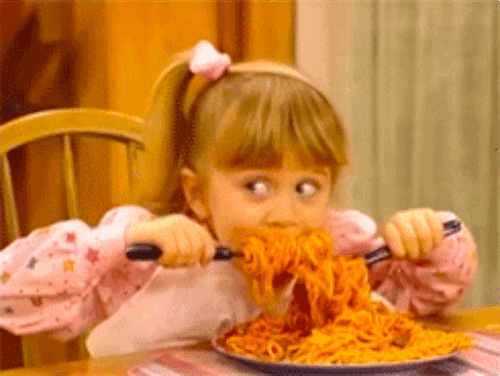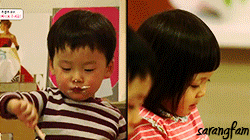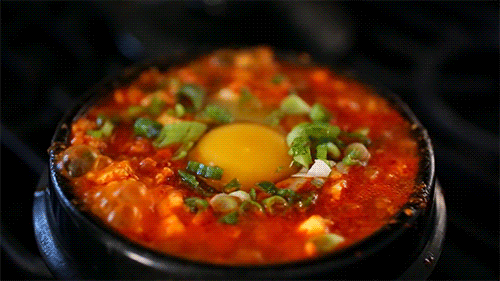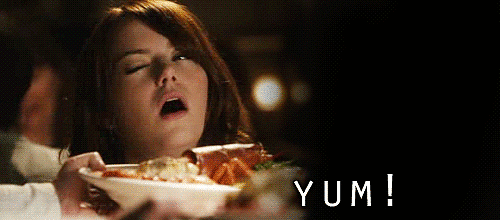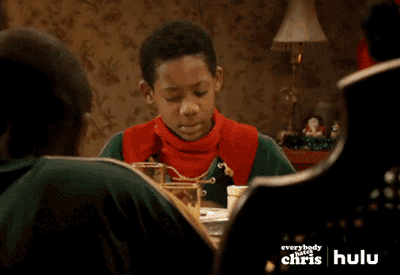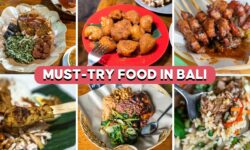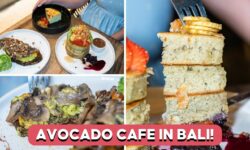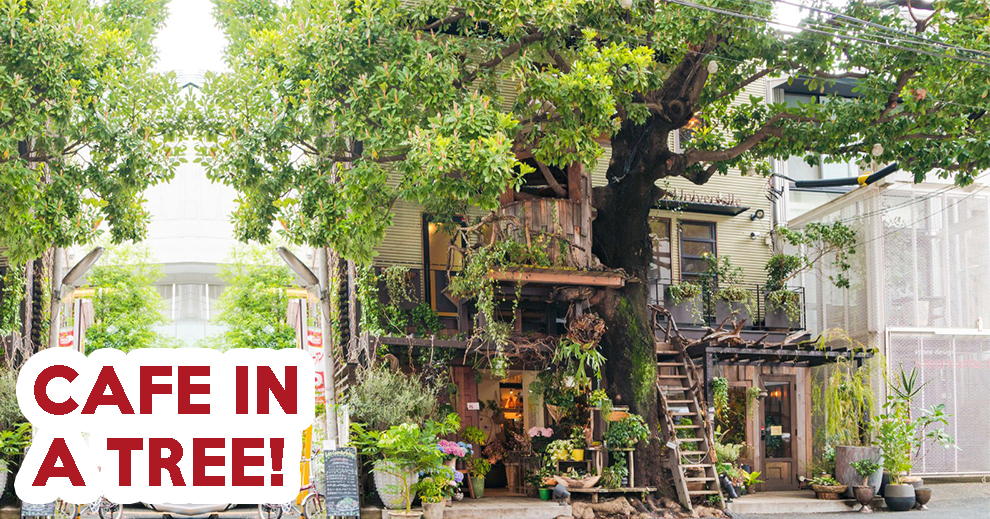Korean dining practices foodies should know
Drop me a K-drama recommendation and I’ll only be contactable two days later, after emerging from a mountain of tissues with bleary and bloodshot eyes. Besides oppa’s heart-melting gazes and achingly adorable plots, scenes of K-BBQ and soju drinking sessions are practically guaranteed to be featured in any drama.
Not gonna lie, those scenes of meat sizzling on stoves, bubbling stews, and street snacks are some reasons why Korea tops my travel bucket list. If you aspire to visit the motherland of K-dramas too, start getting prepared with these 10 must-know Korean dining practices.
1. Never pour your own drink
Koreans have a strict drinking etiquette, and one rule states you should never pour your own drink because it is said to bring bad luck. When your dining partners’ glasses fall below the halfway mark, it’s expected for you to refill their glass and that they return the favour. Should your empty glass escape everyone’s notice, you’d have to be passive aggressive and pour drinks for the people around the table and hope for someone to do the same to you. Also, when pouring a drink for someone older, Koreans put a hand to their heart or raise it to support their pouring arm as a sign of respect.
2. Setting the table
At any Korean meal, make sure to place your rice bowl on your left, your soup bowl right in front of you, and side dishes, AKA banchan, in front of you. Keep your chopsticks on your right; chopsticks are only laid on the left when food is being prepared for a funeral or a memorial for deceased family members.
3. There’s more to rice cakes than tteokbokki
If you know anything about Korean street food, you’d have heard of tteokbokki. These rice cakes stewed in fiery gochujang sauce are to Korean street food what Ramly burgers are to a pasar malam. But rice cakes come in many other forms, including actual cake, and they are culturally significant in Korea.
One type of rice cake, mujigae-tteok, which translates to rainbow rice cake, is a colourful steamed rice cake traditionally made for occasions such as 100-day birthday celebrations and weddings. Some prefer to prepare a snowy white version of steamed rice cake, baekseolgi-tteok, for the same purposes.
4. Dessert is not a thing in Korea
Bad news for those with a sweet tooth: Korean meals do not traditionally end with dessert. If something sweet is served at the end of a meal, it’d be peeled fruit. Desserts such as bingsu and pastries are thought of as snacks to be served with tea, or saved for special occasions.
Find out where to get affordable bingsu in Singapore!
5. Keep your rice bowl on the table
While it’s acceptable to hold your rice bowl to eat in many countries, the practice is frowned upon in Korea. Make sure to keep your bowl on the table; bending over in order to eat is acceptable but lifting the bowl to your lips is not.
6. Use one utensil at a time
As a generally clumsy person, I usually have my spoon and chopsticks in either hand when eating, so my spoon can be poised to catch any food that slips between my chopsticks. This sort of ‘multi-tasking’ is thought to be impolite in Korea. Pick your cutlery of choice and rest the other against a serving plate. Hopefully this won’t mean food spilling all over the table when I visit the country.
7. Elders may compliment you on eating well
This compliment seemed rather strange to me but there’s a historical reason behind it. Older Koreans grew up in pretty rough times when food was especially precious and every grain of rice would be polished off during meals. Though the country and her people are significantly richer now, the trait is still one that many older Koreans value. So if you happen to dine with a Korean ajumma, overeating is encouraged and you’ll probably even earn a few brownie points from them just by doing so.
8. Share stews, not soup
Think a big pot equals stew and soups just come in smaller bowls? Turns out, there’s a distinction between stews and soups. Stews are heartier, typically saltier, and served in large bowls for the entire table. They are not meant to be spooned into smaller serving bowls, so prepare for repeated double dips. Soup, on the other hand, is served in individual portions.
9. Exclaim how good the food is… every five minutes
We’ve all seen travel reality shows where the hosts’ eyes light up on tasting something and they try to convince you how good the food is. That may work on the first few occasions but gets tiring on what-feels-like the 50th item in a 15-minute segment.
Well, a travel host’s enthusiasm is exactly what you need on a trip to Korea, where they’re big on showing their enjoyment of delicious food. If you get to dine with a Korean family, prepare to be asked on how you’re enjoying your food at least every 10 minutes.
10. Don’t blow your nose at the dining table
This seems like a pretty standard etiquette regardless of which country you belong to, but considering the fiery heat packed in many Korean dishes, may prove to be a challenge. If you feel a tingling in the back of your nose and the inevitable contorted achoo face coming on, be sure to excuse yourself ASAP.
Jal meokgesseumnida! (I will eat well!)
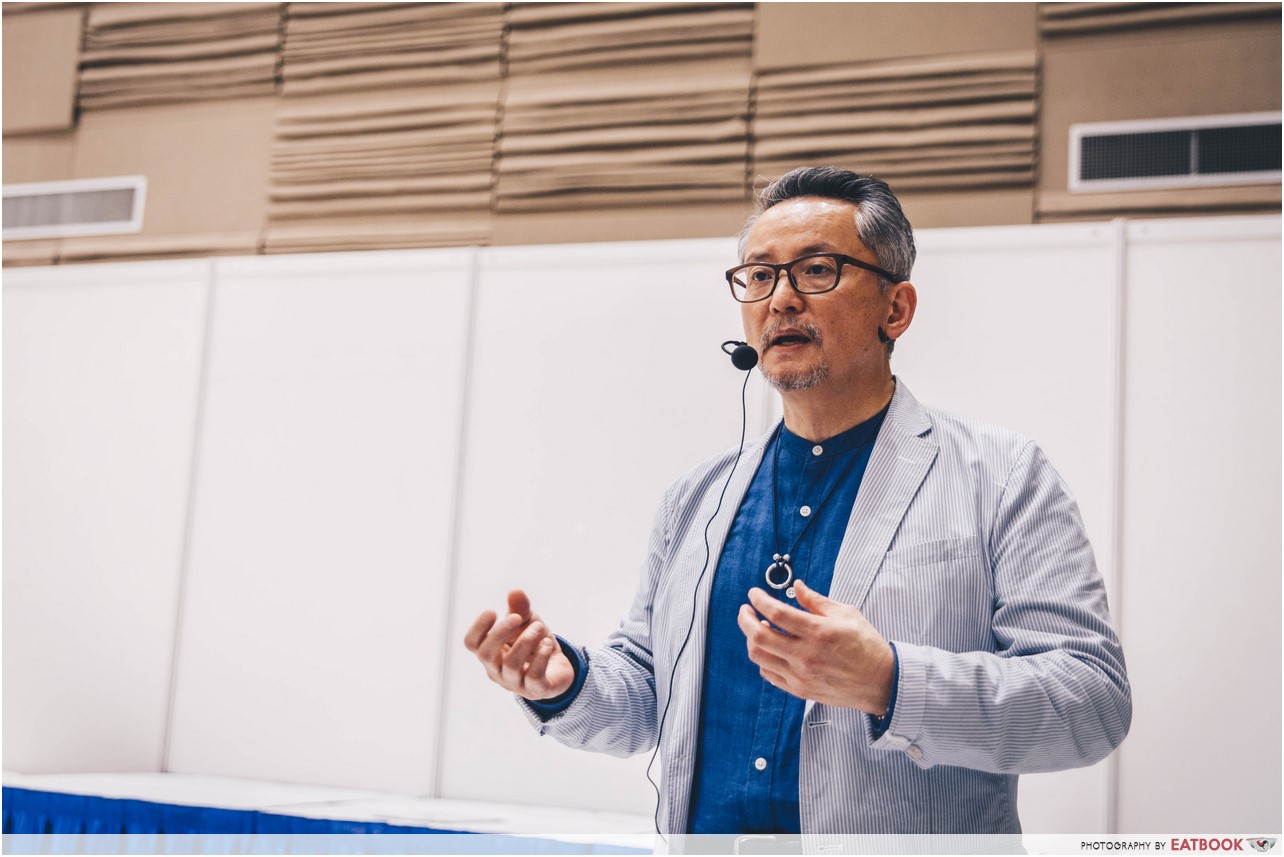
In addition to fragments of Korean you’ve picked up from whichever part of K-culture you’re a fan of, these rules of Korean dining etiquette are sure to come in handy when you’re having a meal in Korea. Most of the information we shared in this list came from Dr Kim Sang Woo (photographed above), who held a masterclass on Korean cuisine organised by the Employment and Employability Institute (e2i).
Dr Kim, a former adviser to ex-South Korean President Kim Dae Jung, is a strong advocate for more cultural exchanges and dialogues between South Korea and the rest of the world. He believes an association of North-East Asian countries (similar to ASEAN) would facilitate multilateral co-operation among members and improve regional stability.
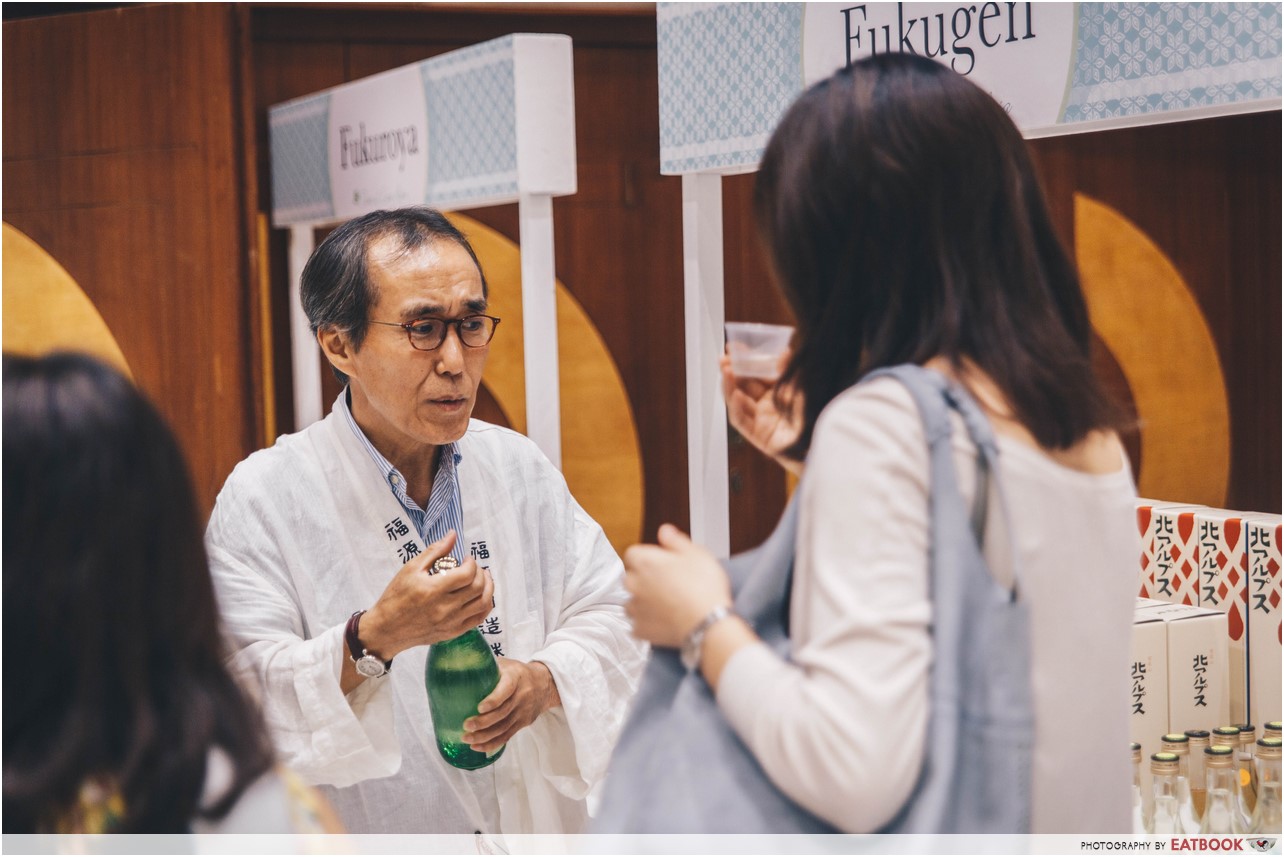
Dr Kim’s masterclass was one of many held during e2i’s Taste of East Asia event, where e2i invited professionals from Hong Kong, Korea, Japan, Sri Lanka, and Singapore to share their expertise in curated masterclasses, and attendees could network with them and fellow trade professionals.
By carefully curating the masterclass content, e2i’s aim is to encourage work skills development and help F&B professionals develop a deeper understanding and perspective of various food cultures and techniques.
e2i organises such masterclasses regularly and caters to a wide range of industries. Some masterclasses they’ve organised before include beverage pairing with mains, making F&B businesses profitable and running successful restaurants.

One way you can benefit from e2i is to attend their events that’ll let you learn more from pros in various industries. Check out their events calendar to find out which of their workshops or talks suits you!
This post is brought to you by e2i to share how professionals can get a leg up in their skills, networks, and careers, with curated masterclasses by e2i.

Drop us your email so you won't miss the latest news.

